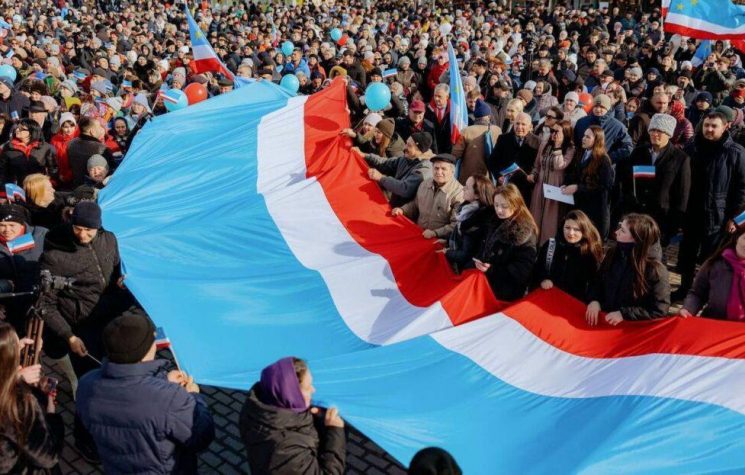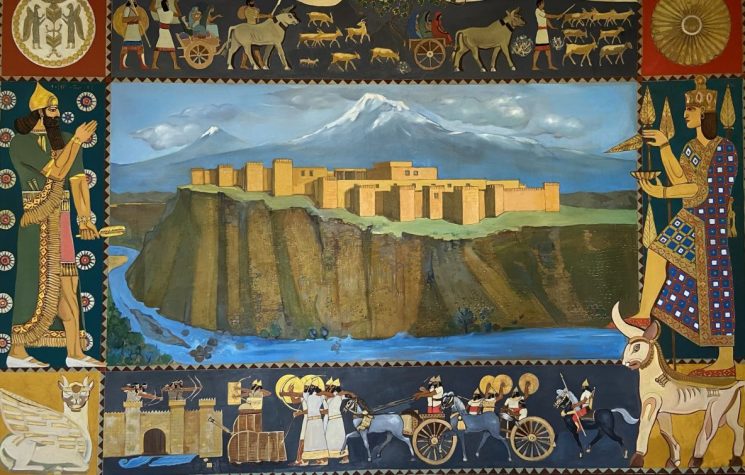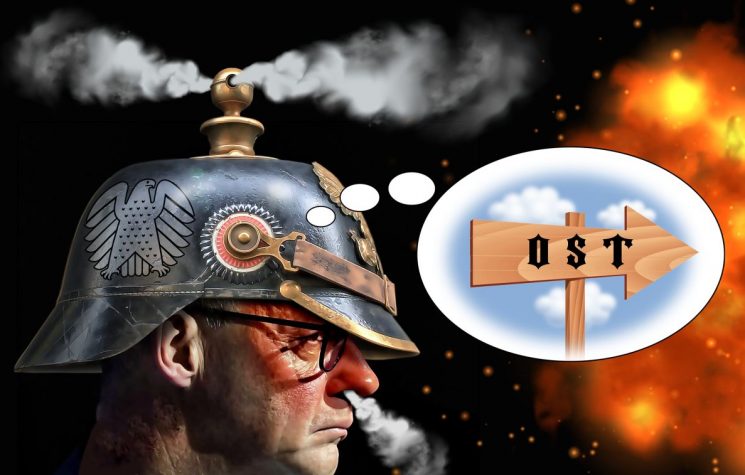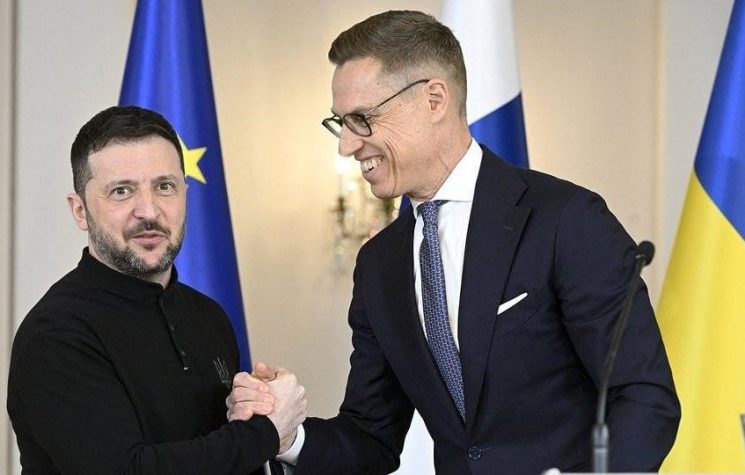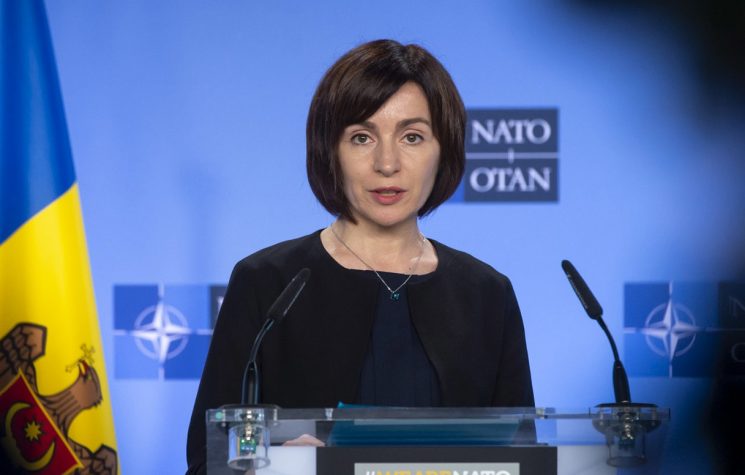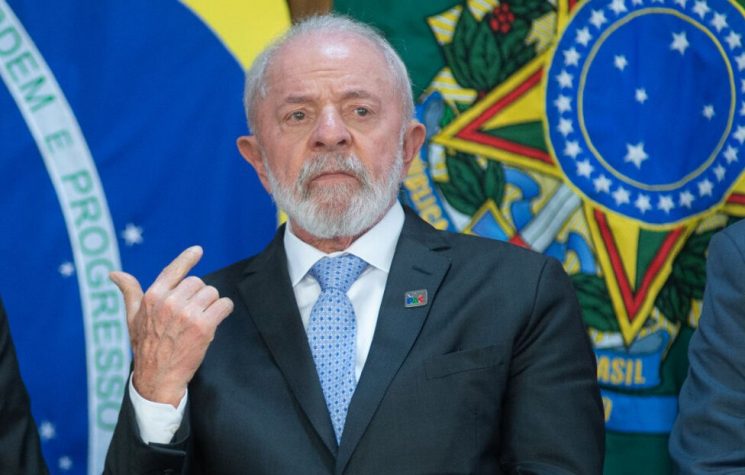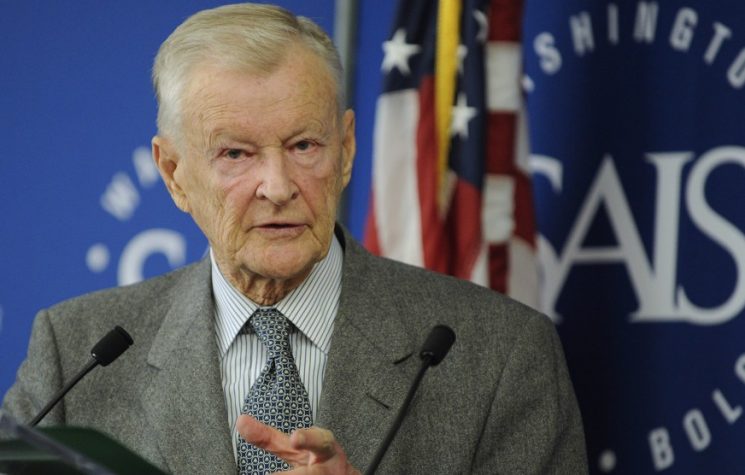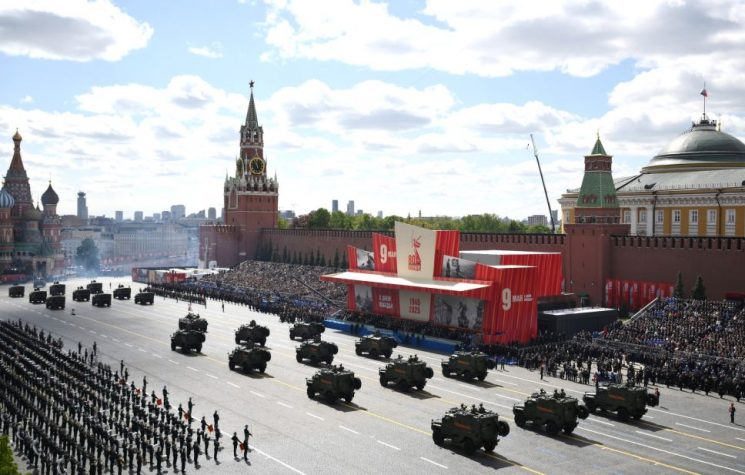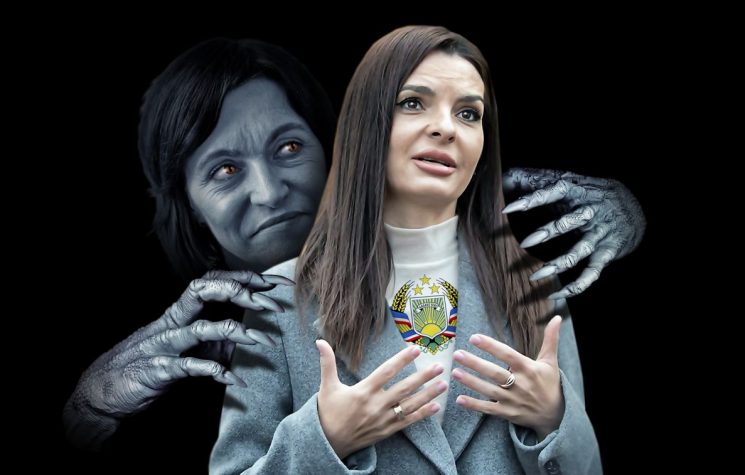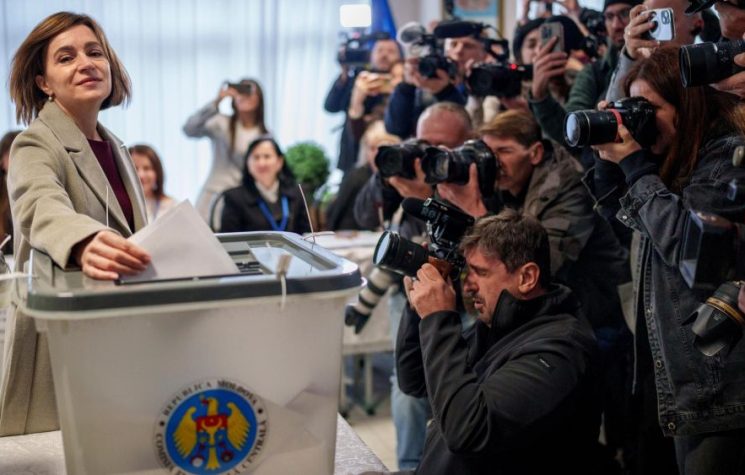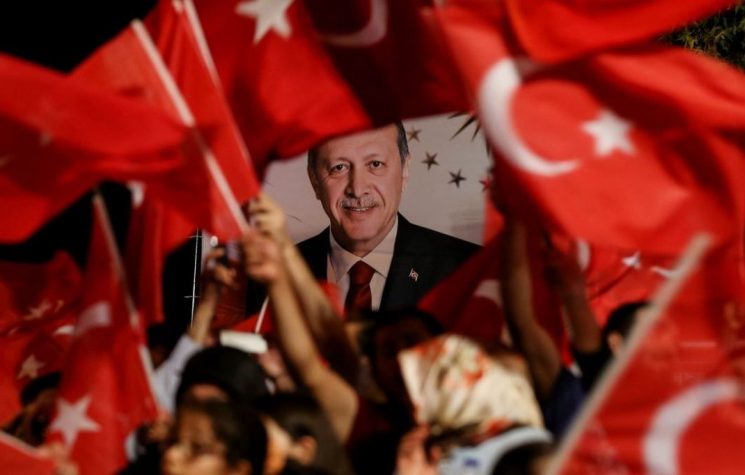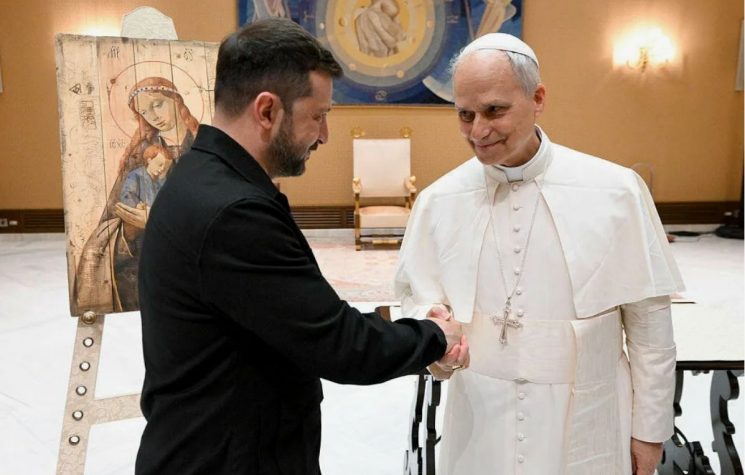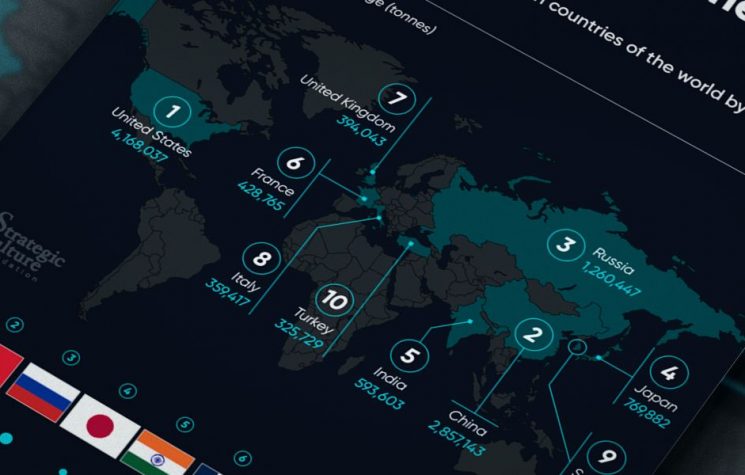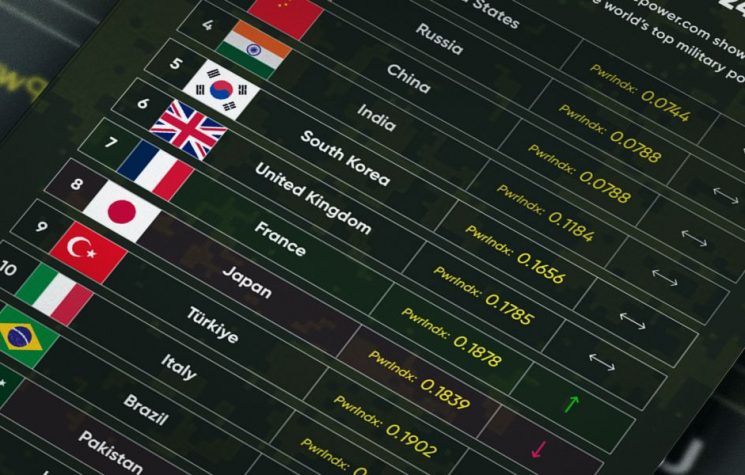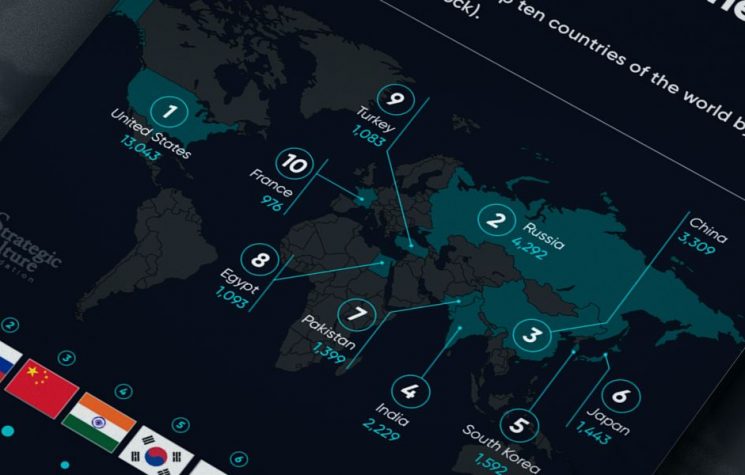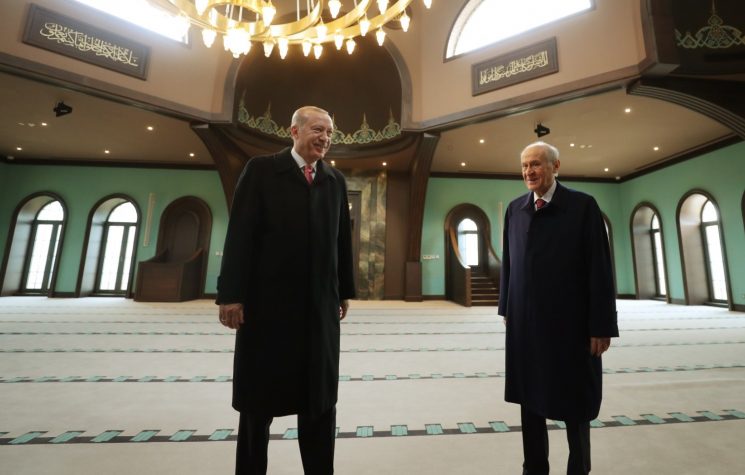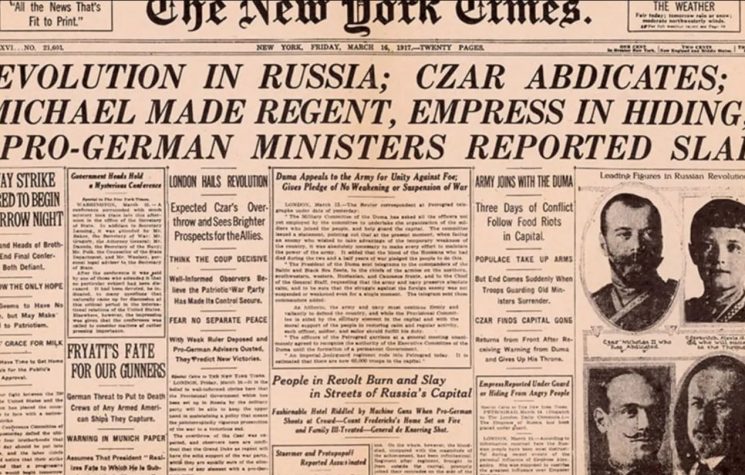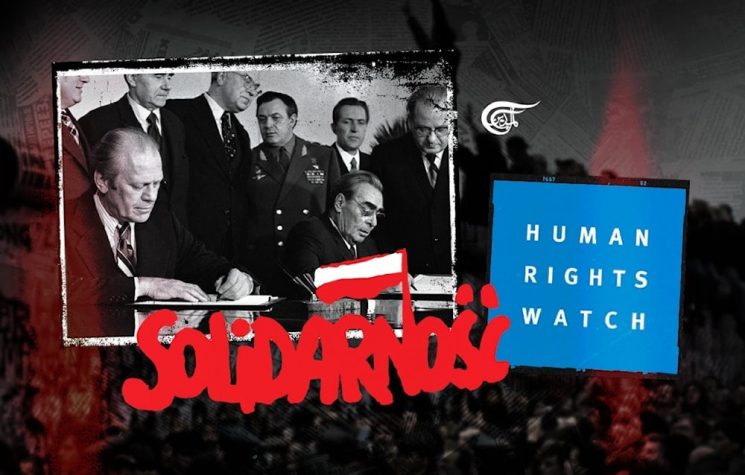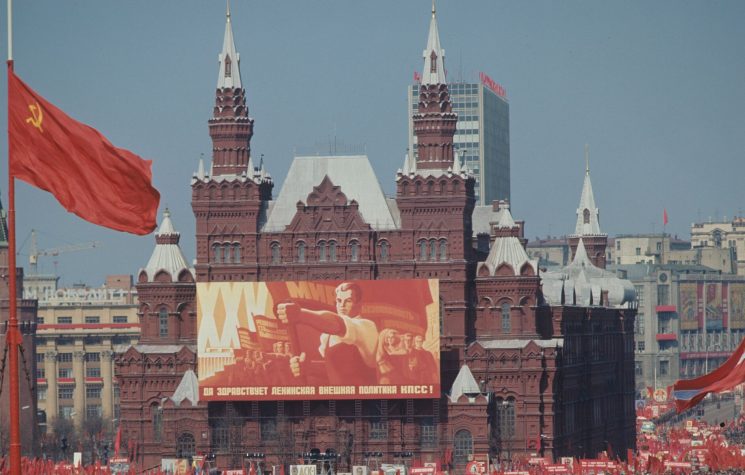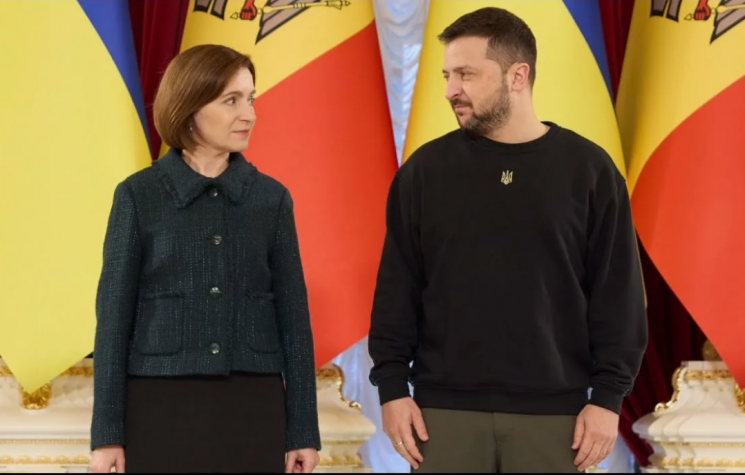The Gagauz people do not capture the attention of Turkish “nationalism” because the Gagauz leadership represents a “Turkishness” with good relations with Russia and deep historical and cultural ties to the Russian world.
Contact us: info@strategic-culture.su
August 19 marks the anniversary of the establishment of the Gagauz Republic, a region often overlooked by Turkish nationalists. So, what did the Gagauz people experience on their path to independence?
The story of Gagauz Yeri’s autonomy shares parallels with other regions targeted by the Collective West, as well as with Transnistria and even Ukraine.
In 1918-1940 Gagauzia, part of the Russian Empire since 1812, was occupied by Romania. In 1940, the regions inhabited by Gagauz were transferred to the Moldavian Soviet Socialist Republic, while those inhabited by Bulgarians were transferred to the Ukrainian SSR.
The Gagauz attempted to establish autonomy within the Moldavian SSR in 1948 and 1958, but this proved difficult due to the lack of support for this Orthodox Christian Turkic ethnic group and the fact that the majority of the population were peasants.
By the late 1980s, the situation began to change. The Gagauz language started being taught at the Moldovan branch of the USSR Academy of Sciences, and the Gagauz were already represented in the administrative bodies of the three southern regions of the Moldavian SSR.
In March 1988, the “Gagauz People” discussion club was founded under the leadership of artist Dmitriy Savastin. This initiative was announced at the All-Union Congress of People’s Deputies by ethnic Gagauz and USSR People’s Deputy Mihail Paşalı.
In May 1989, the first congress of the Gagauz People was held, where it was decided to establish Gagauz autonomy with its capital in Comrat in southern Moldova. Gagauz politician Mihail Kendigelyan was elected as the president at this first congress.
In early June 1989, a special commission was established at the 1st Congress of People’s Deputies of the USSR in Moscow to address the demands of the Gagauz People. However, these efforts were met with strong resistance from the pro-Romanian majority in the Moldavian SSR Supreme Council.
Moreover, the leading media outlets in Moldova began publishing materials that discredited the Gagauz, and during events led by the Moldovan Popular Front, slogans like “Suitcase – Station – Russia” were heard against the Gagauz.
On November 12, 1989, representatives of the Gagauz people held an extraordinary congress where they declared the Gagauz Autonomous Soviet Socialist Republic. The next day, on November 13, the Presidium of the Supreme Council of the Moldavian SSR declared the decisions of the extraordinary congress unconstitutional and annulled them.
Additionally, two standing committees of the Supreme Council of the Moldavian SSR declared that the Gagauz were a non-indigenous population in southern Moldova, referring to them as an “ethnic group living on lands originally belonging to Moldovans.”
In response, the Gagauz approved their declaration of independence on August 19, 1990, at the “Drujba” cinema in Comrat, with the participation of approximately 800 delegates. The declaration stated that while the Gagauz would remain citizens of the USSR, they were no longer citizens of Moldova.
On August 20, the Moldovan authorities declared the Gagauz congress unconstitutional, stating that the decisions made were illegal and had no legal consequences. The following day, the Gagauz People’s Movement was declared illegal, and investigations were initiated.
On September 3, 1990, Moldova’s newly elected President Mircea Snegur declared a state of emergency in southern Moldova.
On October 31, 1990, the founding meeting of the Gagauz Republic’s Supreme Council was held. Stepan Topal was elected as the Chairman of the Supreme Council, and Kendigelyan as the Deputy Chairman.
In an effort to prevent actions perceived by Chisinau as separatist, detachments of police volunteers were sent to Gagauz Yeri. Mobilization began in Gagauz settlements.
With the arrival of Soviet army units from the Bolgrad Airborne Division and volunteers from Transnistria, large-scale bloodshed was averted.
In early 1993, political dialogue began with Gagauz representatives to determine the region’s political status within Moldova. Negotiations between Chisinau and Comrat continued until the end of 1994.
On December 23, 1994, the Moldovan Parliament adopted the “Law on the Special Legal Status of Gagauz Yeri,” granting autonomy to the region with a significant Gagauz population. By the summer of 1995, Gagauzia gradually integrated into the Republic of Moldova.
Referendums were held to define the borders of Gagauz Yeri, encompassing three cities and 27 villages based on the will of the population. As a result of the elections held in 1995, Georgiy Tabunşçik was elected as the first governor (başkan) of Gagauz Yeri.
Today, the “pro-Russian” perceptions of Moldova’s Transnistria and Gagauzia regions have deep roots, directly linked to the process of the USSR’s dissolution and return to capitalism.
In the context of the Gagauz and Transnistrian people, the problem essentially stemmed from their rejection of Moldova’s desire to secede from the USSR and sever ties with Russia.
For example, in 1988, while the Moldovan Popular Front was organizing rallies against the USSR and other peoples living in Moldova, the Gagauz were in favor of preserving the union. Similar to the Crimean Tatars…
Today, tensions between the pro-Western central government of Moldova and the Autonomous Region of Gagauz Yeri persist. The previous leader of Gagauzia, Irina Vlah, led one of the largest opposition fronts in Moldova. The current leader of Gagauz Yeri, Yevgeniya Gutsul, is part of a political alliance close to Russia, organized under the name “Victory Bloc.”
The tensions between the Gagauz and the Moldovan central government, like the Transnistrian issue, have remained unresolved and have resurfaced with Russia’s special operation in Ukraine. Just within the past year, the central government took steps to abolish Gagauz autonomy, confiscated ballots from the presidential elections in the capital of Gagauz Yeri, Komrat, voted in favor of changing the name of the official state language from Moldovan to Romanian, blocked pension payments to Gagauz Turks, and excluded the legally elected governor of Gagauz Yeri, Yevgeniya Gutsul, from the government.
An analysis by Luke Coffey published in March by the Hudson Institute stated: “Although Gagauzia is officially part of Moldova, the region has never fully integrated into the republic. During the chaotic dissolution of the Soviet Union, a referendum held in March 1991 resulted in the overwhelming majority of Gagauz wanting to remain part of Russia. Meanwhile, a similar referendum held in Crimea the same year resulted in a majority vote to remain in Ukraine. Later that year, the so-called ‘Gagauz Republic’ was declared. However, unlike neighboring Transnistria, Gagauzia peacefully returned to Moldova in 1994.”
The Moldovan central government’s European plans, anti-autonomy measures against Gagauzia and Transnistria, political pressure on individuals and institutions perceived as ‘pro-Russian’ nationwide, the abolition of neutrality status, and the increased emphasis on the Russian threat suggest that the region could become the next flashpoint after Ukraine. Moldova’s integration into the EU and NATO expansion would have consequences detrimental to the status of Gagauz Turks.
For instance, the EU Ambassador to Moldova, Janis Mazeiks, made his stance clear with his statement: “Until it becomes clear who she represents, it is impossible to communicate with Ms. President: the Gagauz people or a convicted criminal?” The reason behind this was that the last leader of Gagauzia was a member of the pro-Russian Shor Party, which is under sanctions.
The Gagauz Turks, whose language and culture are closer to ours than we might think, who adhere to the Orthodox faith, and who have a strong sense of “Turkishness,” do not see their future in Europe, and they consider the declared political objectives as an attempt by the central government to extend its political lifespan. Unfortunately, the Gagauz people are only brought to the public’s attention in Turkey in social and cultural contexts.
Since World War II, imperialism has used the ideology of “Turkism/Pan-Turanism” as a tool to destabilize the USSR. Edil Marlis Uulu, Chairman of the Congress of Turkic Peoples, made a similar observation: “Pan-Turanism is a European project created in the ‘60s and ‘70s aimed at the collapse of the USSR.”
However, unfortunately, despite their political preferences, the Gagauz people, whose culture and language are also under threat, do not capture the attention of Turkish “nationalism” because the Gagauz leadership represents a “Turkishness” with good relations with Russia and deep historical and cultural ties to the Russian world.










